I have the data like

How can I reshape the data by merge the rows with same rowname and columname like this:

I have the data like

How can I reshape the data by merge the rows with same rowname and columname like this:

Trust you have allele information missing. If added as following to the data:
data['allele']=c('a1','a2','a1','a2')
then following will solve the problem easily:
Basically wide to long, followed by joining columns of SNP and allele and then wide again.
library(tidyr)
long=data %>% gather(snp, value, -c(Pedigree,allele))
long_joined=unite(long, snp, c(snp, allele), remove=TRUE)
spread(long_joined, key = snp, value = value)
Maybe you can try aggregate with unlist:
> aggregate(.~P,df,unlist)
P S1.1 S1.2 S2.1 S2.2
1 a C C G G
2 b C C T T
Data
> dput(df)
structure(list(P = c("a", "a", "b", "b"), S1 = c("C", "C", "C",
"C"), S2 = c("G", "G", "T", "T")), class = "data.frame", row.names = c(NA,
-4L))
Solution using dplyr which is part of the tidyverse collection of R packages.
library(dplyr)
Data:
bar <- "Pedigree SNP1 SNP2
'Individual 1' C G
'Individual 1' C G
'Individual 2' C T
'Individual 2' C T"
foo <- read.table(text=bar, header = TRUE)
Code:
foo %>%
group_by(Pedigree) %>%
mutate(id = row_number()) %>%
pivot_wider(names_from = id, values_from = SNP1:SNP2, names_prefix = ".a")
Output:
#> # A tibble: 2 x 5
#> # Groups: Pedigree [2]
#> Pedigree SNP1_.a1 SNP1_.a2 SNP2_.a1 SNP2_.a2
#> <fct> <fct> <fct> <fct> <fct>
#> 1 Individual 1 C C G G
#> 2 Individual 2 C C T T
```
Created on 2020-07-26 by the reprex package (v0.3.0)